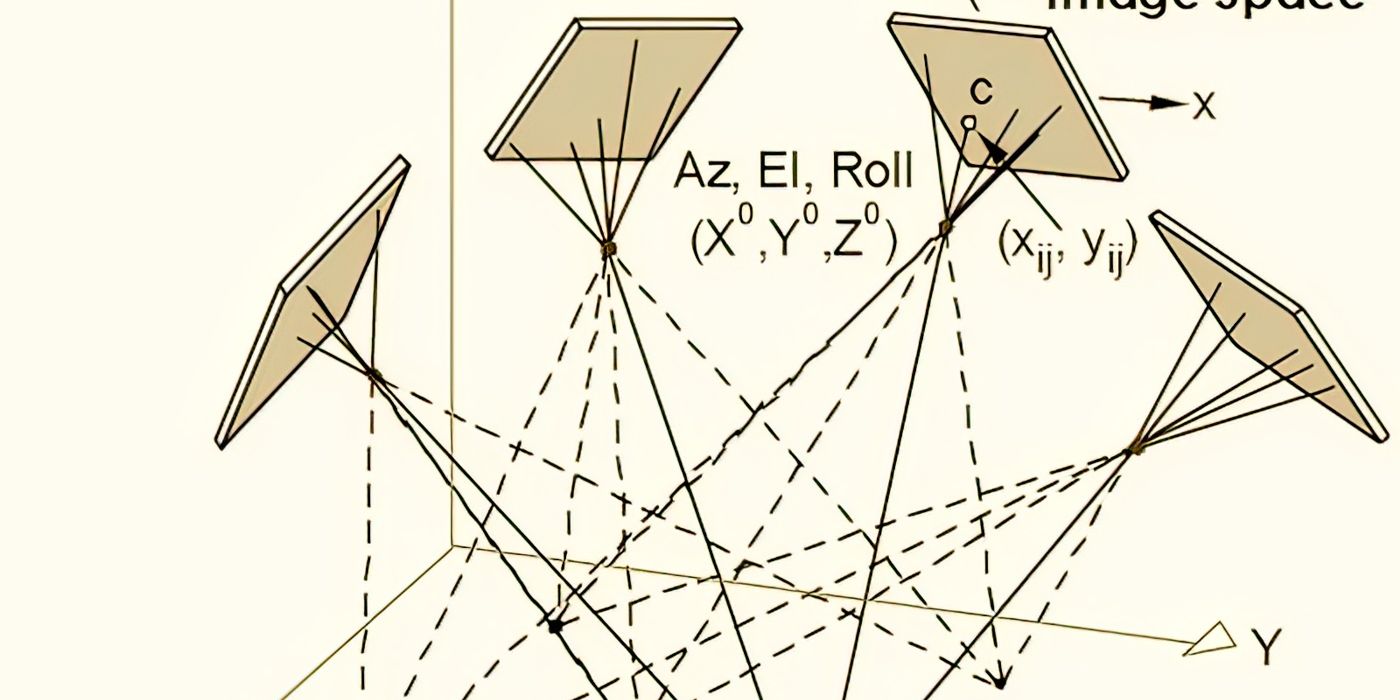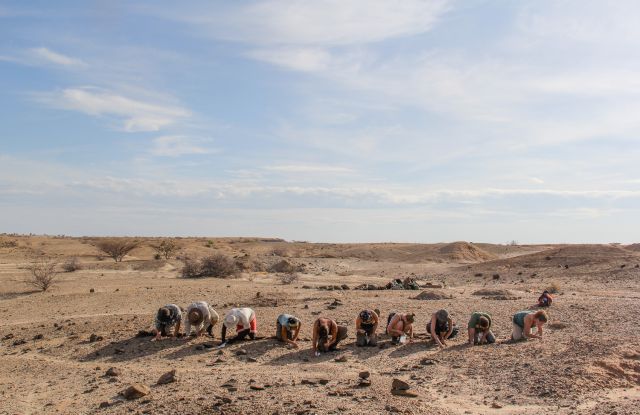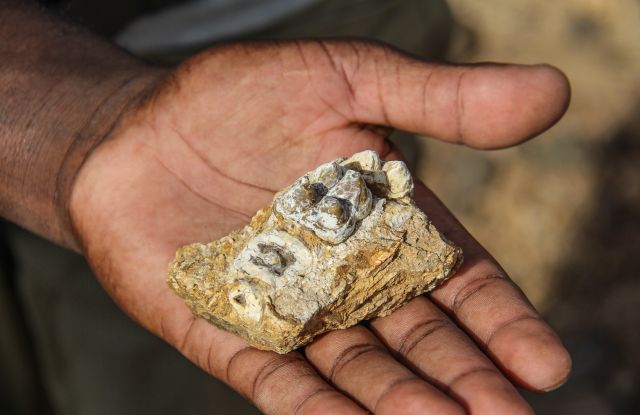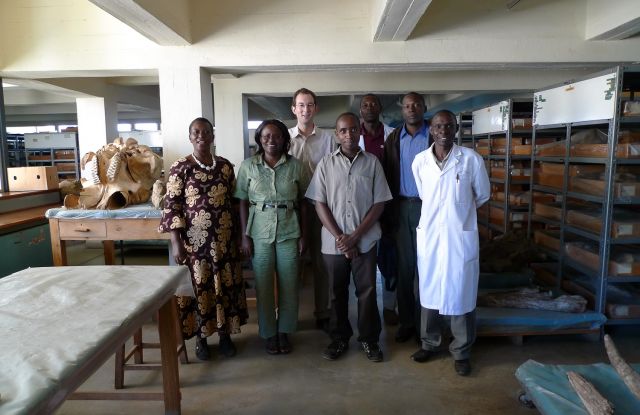

The world is 3-dimensional
Upon request and out of gratitude for the visiting rights, I'm delighted to present two seminars for staff of the National Museums of Kenya closely related to my own work and, hopefully, useful for current and future projects in and with the Museum.
Seminar 1: Close and intermediate-range photogrammetry for analysis, documentation and outreach
Thursday, 23 May 2013, 09:00-10:00, Room A4, Louis Leakey Memorial Building, Department of Earth Sciences, National Museums of Kenya
The world is 3D and nearly everything in it can be digitized. Photogrammetry should be the digital 3D modelling method of choice for African researchers: It is cost-effective and practical as the only field equipment needed is a good camera, and it is also superior in that it produces accurate 3D models showing their real surfaces at a wide variety of scales. The seminar will show how small objects can be digitized by close-range photogrammetry for repeatable analysis and how larger structures can be modeled in 3D for documentation and public education.
Seminar 2: Geometric morphometrics
Friday, 24 May 2013, 09:00-10:00, Room A4, Louis Leakey Memorial Building, Department of Earth Sciences, National Museums of Kenya
The world is 3D and cannot be fully captured by linear measurements and ratios. With geometric morphometrics, the investigator can purely focus on shape, neutralizing differences in size, orientation and position. Shapes are characterized by defined sets of landmarks and variation in their normalized 3D Cartesian coordinates will reflect shape variation. The seminar will introduce geometric morphometrics as applied to shape cluster analysis on the talus bones of Plio-Pleistocene Bovidae, revealing their taxonomic relationships.


